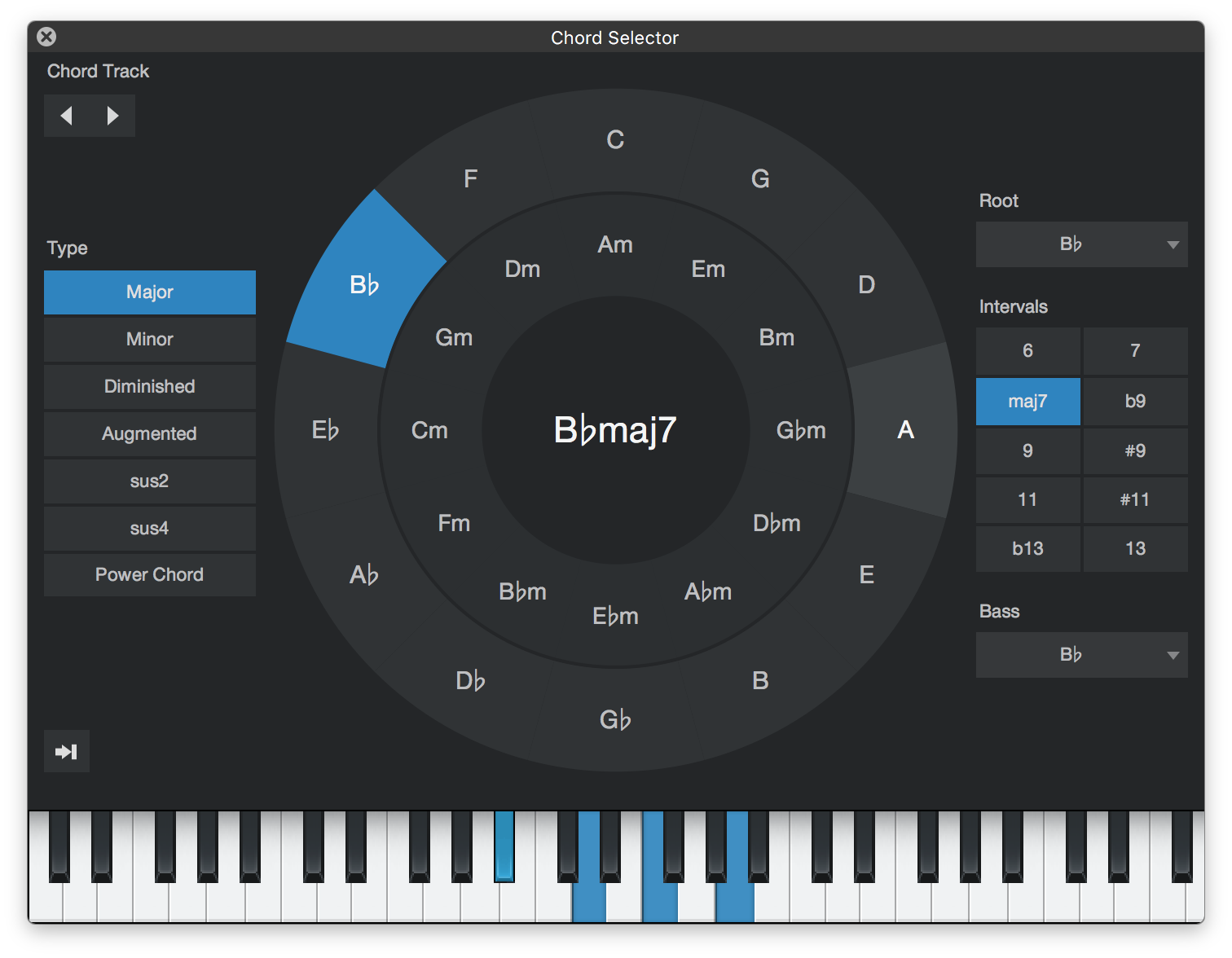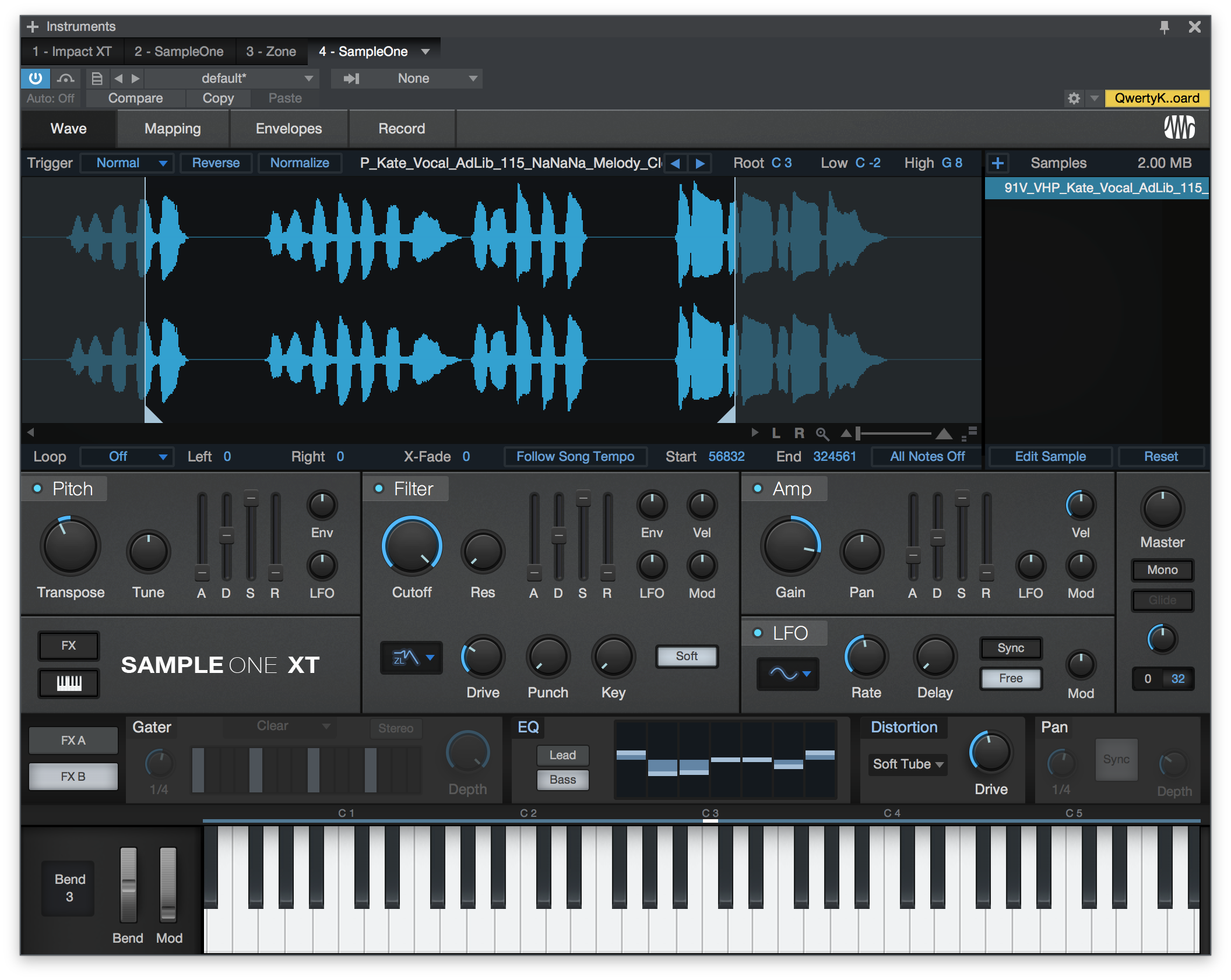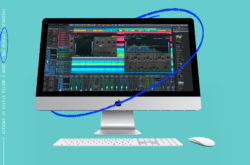Studio One is PreSonus’ DAW that allows you to hit the ground running, combining ease of use with groundbreaking arrangement and editing tools.
From songwriter-minded features like Chord Track and Impact XT to production-geared assets like AAF support and quality native mastering plugins, Studio One 4 (the latest version of the audio workstation) establishes its own identity and more than holds its own against the biggest DAWs out there. Whether you’re looking for your first serious DAW or want to try a new one out, Studio One might be just the thing – in this blog post, we highlight four of Studio One 4’s most notable features that distinguish it from other DAWs.
1. Chord Track

On the surface, Studio One’s Chord Track seems like nothing more than a simple chord detector. However, it’s actually a far more powerful creative assistant – in addition to harmony detection, the feature allows for real-time chord substitutions and chord progression alterations.
Usable with both MIDI and audio files, Chord Track lets you experiment with chord types (spanning power chords and triads to sus and augmented chords), progressions, and more with unparalleled ease and flexibility. Want to demo how that dramatic modulation would sound in the bridge of your song without re-recording all of your audio tracks and painstakingly editing each MIDI line? Chord Track removes all of that hassle while providing new avenues for exploration and creativity.
2. Impact XT

Combining a classic MPC-style layout with a modern feel, Impact XT is a drum module that’s great for both playful experimentation and meticulous loop building. At the center of its GUI is a 4×4 grid of pads, allowing for 16 samples to be loaded per bank, either via one of the many built-in kits or drag-and-dropped from outside of the module.
On a sample level, each pad has its own pitch, amplifier, and filter controls with accompanying envelopes, plus multiple mono and stereo outputs for complex sound design and busing. On an arrangement level, real-time stretching, quantization, and synchronization allow for entire productions to be created with Impact XT, for those who prefer a drum machine-centered workflow. An expansive editing suite and seamless hardware linking solidify Impact XT as a fantastic addition to Studio One 4.
3. Patterns

While step sequencing has historically been a key component of electronic production, it has remained relatively untouched throughout the decades. Studio One 4 reimagines step sequencing by bringing it into the modern sphere with Patterns, melding standard functions such as velocity editing with unique features such as repeat, step-level automation, and step length customization. The algorithmic probability parameter allows for flexible, dynamic sequences that were previously reserved for DAW-style sequencing.
Like many of Studio One’s features, Patterns also achieve their full potential when used in conjunction with other components. The feature integrates particularly effectively with Impact XT, automatically mapping to the drum module.
4. Sample One XT

Sample One XT is an all-in-one sampler, allowing for far more than just sample playback. Audio loaded up in it can be auto-sliced, time stretched, processed, crossfaded, reversed, and much more. Several of its features are often exclusive to costly standalone sampler plugins – not only does Studio One 4 provide this asset right within the DAW, but it also beats out third-party samplers in how effectively it communicates with the rest of Studio One’s workflow. Samples can be recorded from just about anywhere in the DAW, and they can be drag-and-dropped with ease to and from Impact XT.
A cohesive workflow

While we’ve highlighted just a few features in this article, there are countless other elements that make Studio One a powerful, well-rounded DAW. Each and every window, user interface, and plugin is clearly designed to maximize intuitiveness and efficiency, and these common priorities lay the foundation for a single, cohesive workflow. Intuitive use makes the DAW a great choice for a producer who’s just getting started, while efficiency is attractive to the most seasoned of veterans – this is what’s at the core of what makes Studio One a robust and compelling DAW for musicians of all levels.
Interested in giving Studio One 4 Professional a try? Rent-to-Own the DAW on Splice for $16.99/mo.
November 13, 2018



